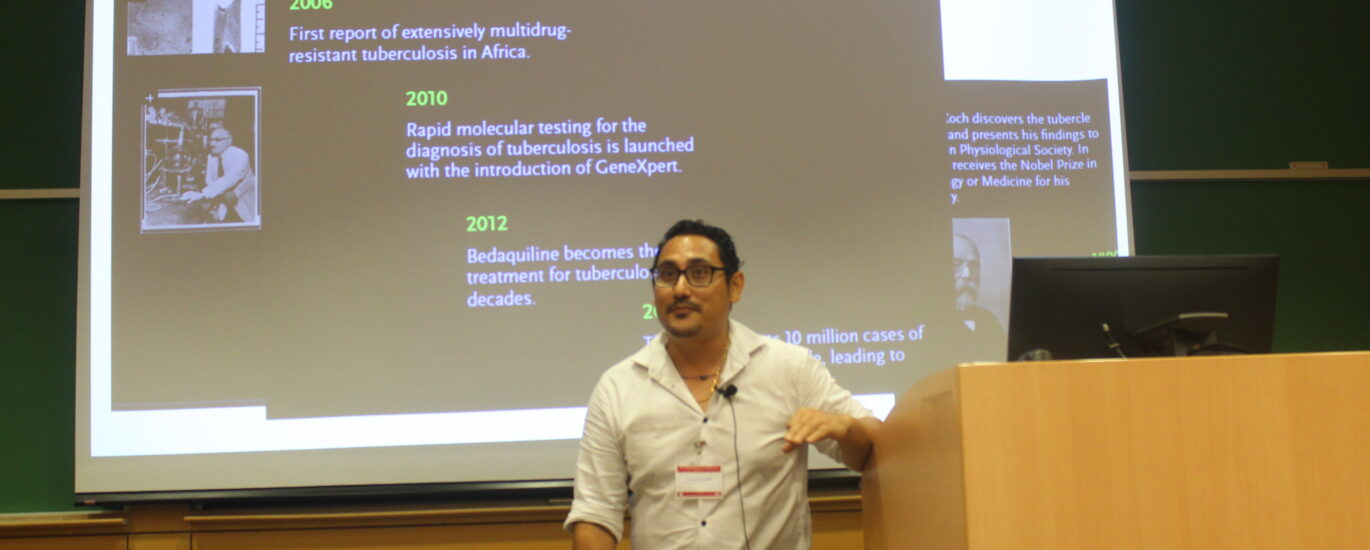Suvesh Shrestha.
Tuberculosis (TB) is an infectious disease caused by the bacterium Mycobacterium tuberculosis. It primarily affects the lungs but can also target other organs, posing a significant global health challenge. According to the World Health Organization (WHO), TB remains one of the leading causes of death worldwide, with an estimated 10.6 million people falling ill and 1.4 million dying from the disease in 2021 alone. Nepal is one of the countries where the TB burden is high with an estimated 69,000 new TB cases and 17,000 TB-related death annually. Only half of those estimated cases are being notified to the Nepal TB program, leaving a huge number of missing cases. It is also estimated almost half of the Nepali population has latent TB infection.
To end the global burden of TB WHO developed The END TB Strategy a global initiative aimed at ending the tuberculosis (TB) epidemic worldwide. The END TB Strategy aims to eliminate TB as a public health threat by 2035. The National TB program of Nepal also adopted the end TB strategy in 2016, but there are several challenges, including the COVID-19 pandemic that the national TB program must overcome to achieve this milestone. To end TB Nepal, must focus on five pillars: integrated patient-centred care and prevention, bold policies and supportive systems, intensified research and innovation, universal health coverage and social protection, and determined political leadership. Finally, ending TB is only possible when TB is seen beyond just a disease but as a social issue and epitome of inequity in public health. Since several social determinants are associated with ending TB, the dream of ending TB in Nepal and globally is only possible when all 17 sustainable development goals are achieved.
View/Download the presentation from here.
Keywords: Tuberculosis in Nepal, public health threat, TB strategy, sustainable development goals
Author: Suvesh Shrestha, PhD Candidate
Epidemiology, University of Ottawa, Canada






